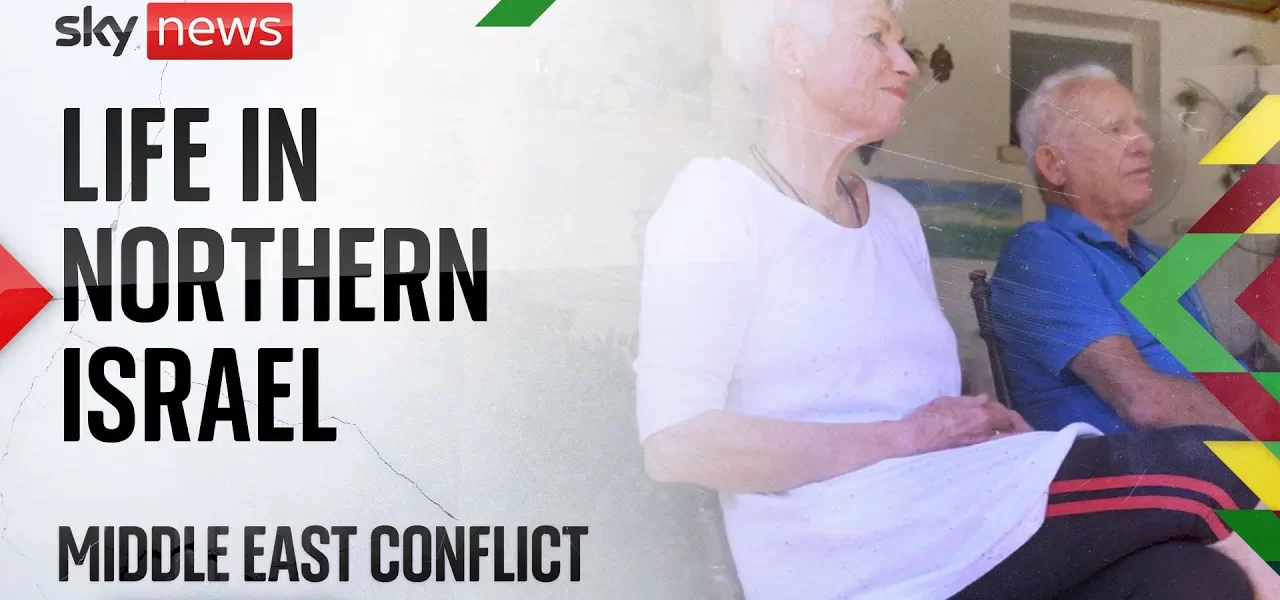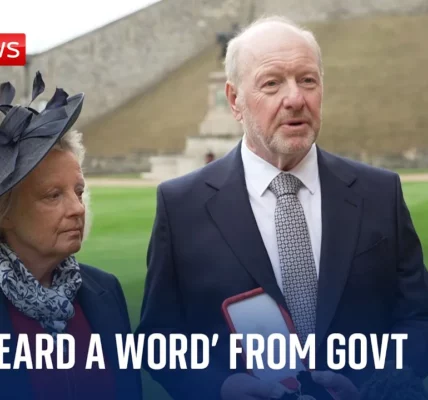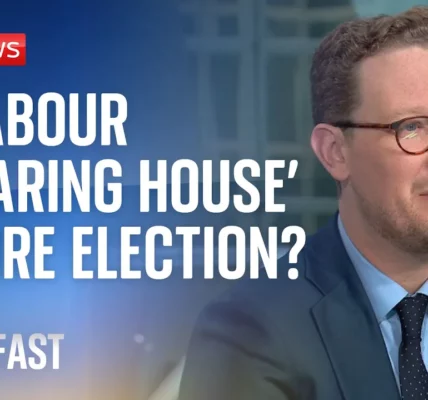Military Footprint on the Israel-Lebanon Border: A Human Perspective

This article delves into the intense military dynamics between Israel and Hezbollah, exploring the human stories that emerge from the frontline experiences in Northern Israel.
Introduction
The recent military developments along the Israel-Lebanon border have drawn significant attention as tensions escalate between Israeli forces and the militant group Hezbollah. With heavy artillery and armored vehicles visible near the border, the situation has become increasingly precarious. This article aims to explore the implications of these military actions, the experiences of those living in proximity to the conflict, and the resilience shown by the residents of Northern Israel amidst ongoing violence.
The Military Presence and Tensions
The sight of military tanks and fighting vehicles near the Israeli-Lebanese border presents an unmistakable sign of escalating conflict. These military assets signify not just a presence but a readiness for engagement, as evidenced by the empty ammunition cases found in the area. The ongoing operations have transformed the landscape of this border region.
Ground Troops and Tactical Movements
As Israeli ground troops push into Lebanese territories, the conflict with Hezbollah has intensified, characterized by:
- Increased artillery fire from both sides.
- Rocket attacks targeting Israeli communities.
- Strategic maneuvers aimed at countering Hezbollah’s missile capabilities.
Human Impact of the Conflict
The military operations have not only affected the geopolitical landscape but have also deeply impacted the lives of local inhabitants. Many families have been forced to evacuate from their homes, seeking safety from the incessant threat of rocket fire.
Stories from the Frontline
Among the few families remaining in the area around Kuts, Shaul and his wife represent the resilience of the human spirit. Their story is one of defiance and survival:
- Shaul’s childhood memories of war in 1948 shape his current perspective.
- Despite the fear that permeates their daily lives, they have chosen to stay.
- The couple has turned remnants of war, such as rocket shrapnel, into symbols of strength.
Psychological Effects of Continuous Conflict
The ongoing violence has profound psychological effects on the residents:
- Constant fear affects mental health and overall well-being.
- Residents report anxiety and stress, stemming from the unpredictability of attacks.
- Yet, many exhibit a strong sense of community and support for one another.
The Future of Northern Israel
As military operations continue, many former residents have chosen not to return to their homes, prompting questions about the future of these communities. Shaul’s insights reveal the challenges faced by those who remain:
Challenges of Returning Home
Many families who evacuated are hesitant to return due to:
- The long-term psychological impact of living under constant threat.
- Practical considerations such as finding new schools and jobs.
- The daunting reality of rebuilding in a conflict zone.
Community Resilience
Despite the hardships, the spirit of resilience within these communities remains strong. Residents like Shaul continue to advocate for their homeland:
- They maintain their homes and livelihoods, refusing to be displaced.
- Community gatherings foster support and solidarity among those who remain.
- Local initiatives aim to provide psychological support and resources for coping with trauma.
Conclusion
The ongoing military tensions between Israel and Hezbollah underscore the complex interplay of military strategy and human experience. The stories of individuals like Shaul and his wife highlight the resilience found in the face of adversity. As the situation evolves, it remains imperative for the international community to recognize the human cost of conflict. For those interested in understanding more about the implications of military actions on civilian life, please explore our related articles on the impact of war on communities and mental health in conflict zones.
“`




